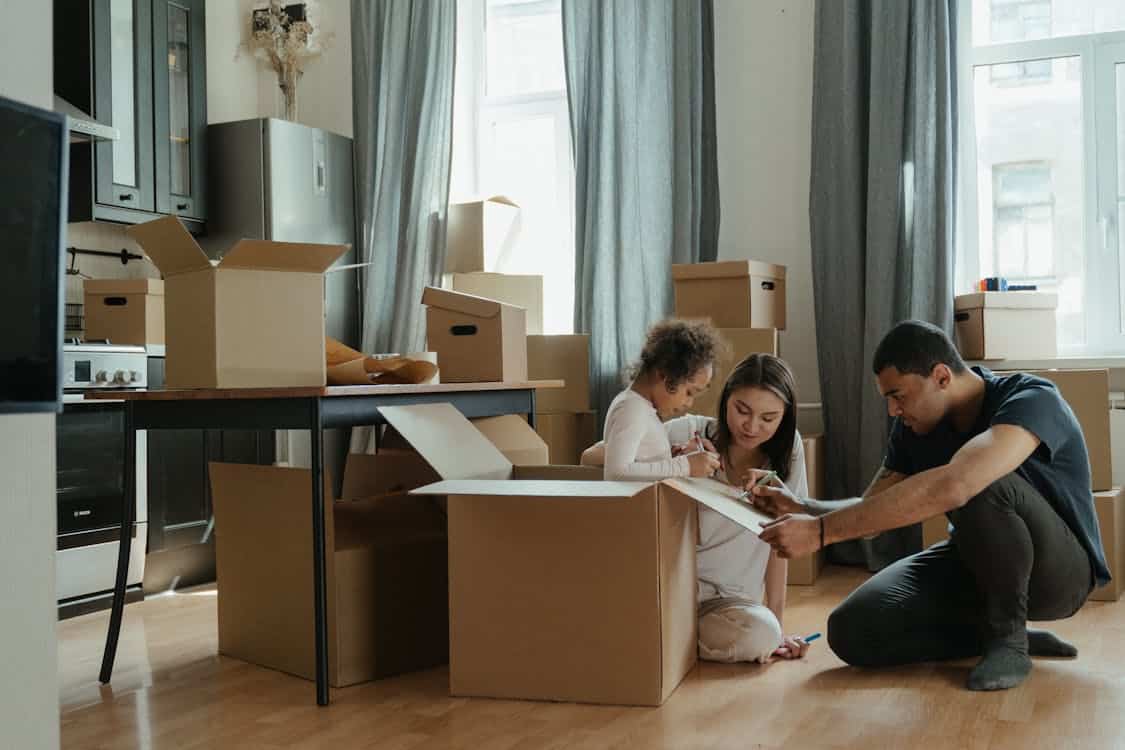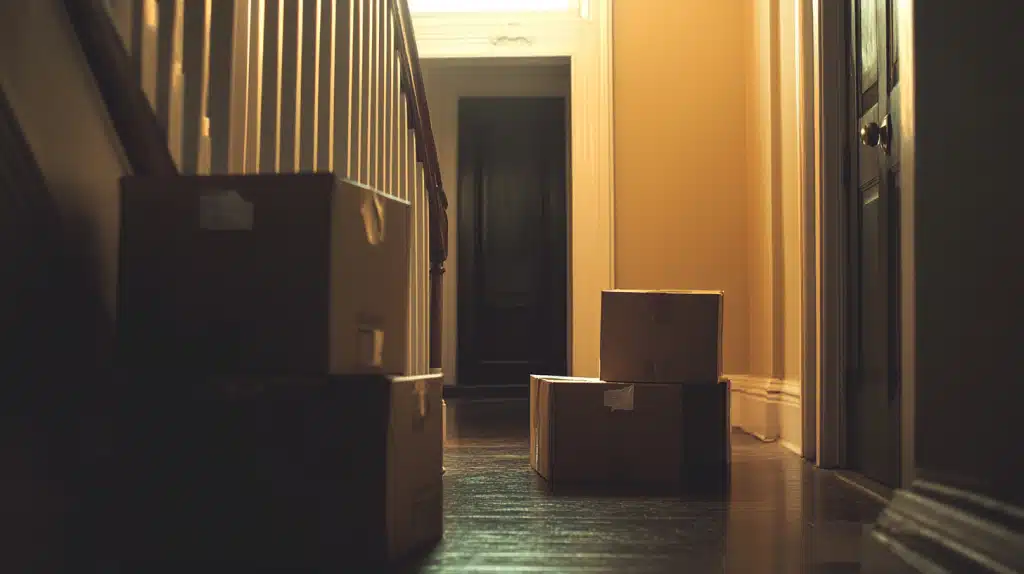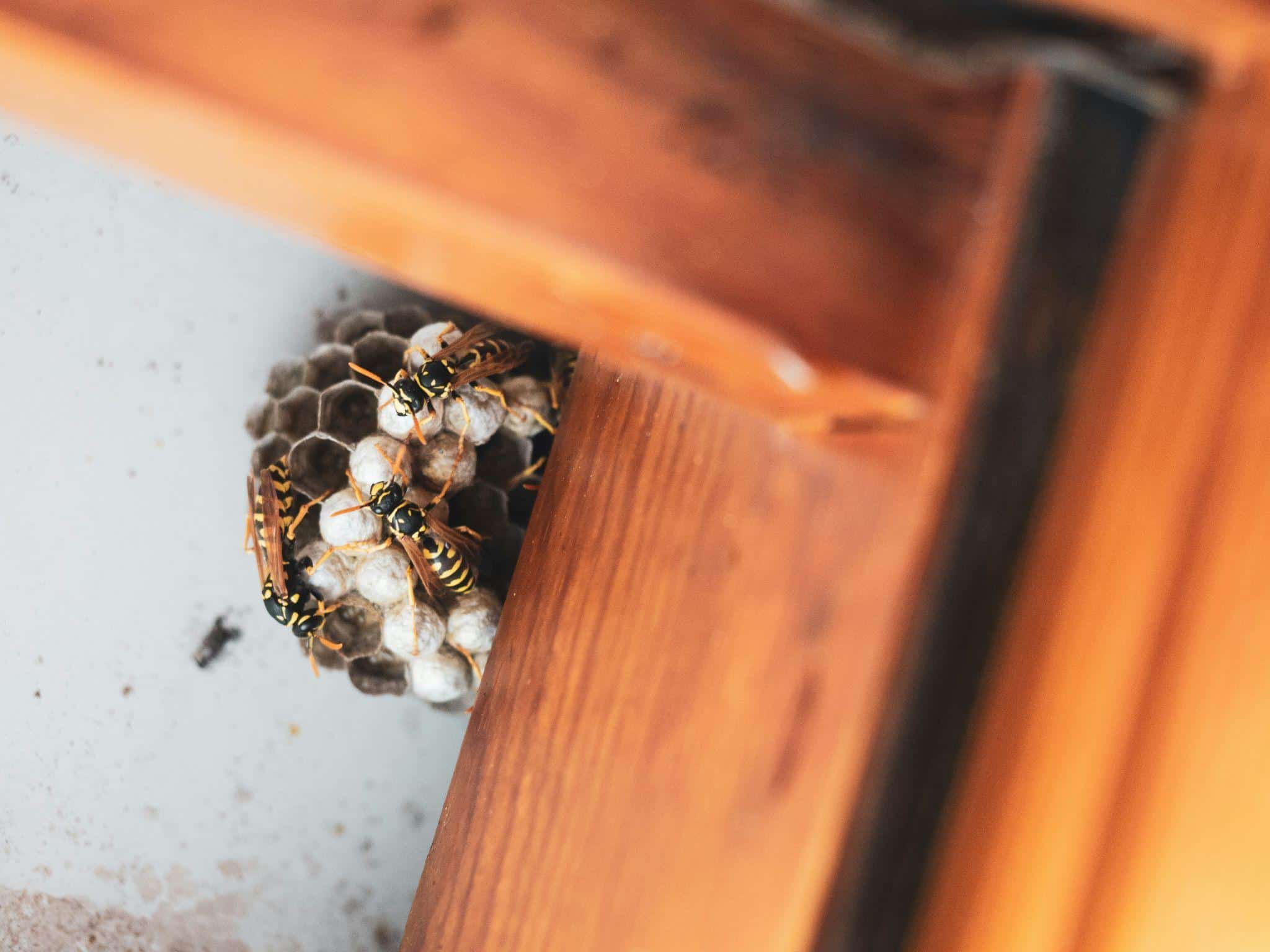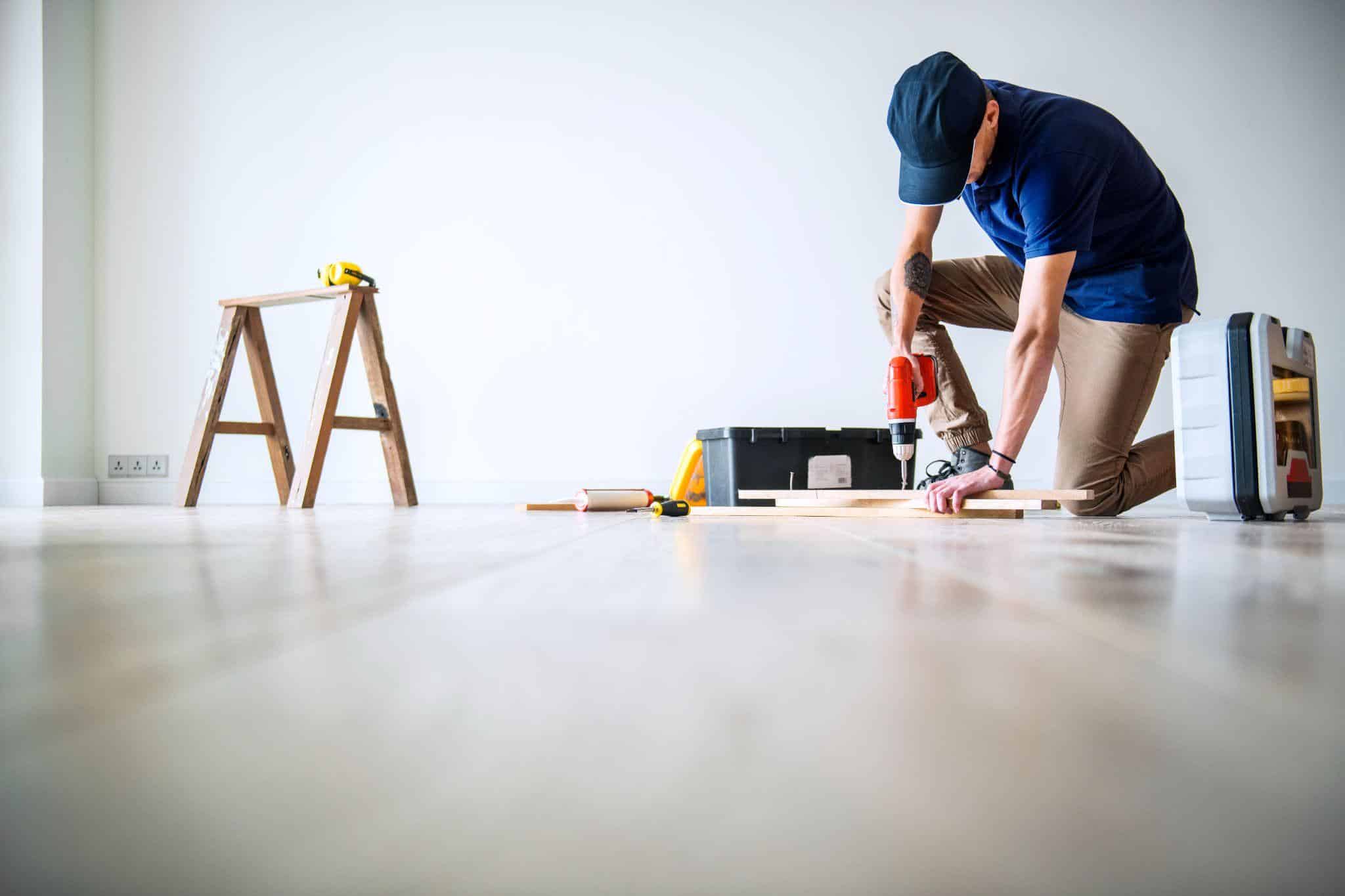Moving into a new home stirs up a mix of emotions—excitement, anticipation, and a little bit of stress. After all, there’s so much to do before you can settle in and truly enjoy the space. While unpacking and decorating often steal the spotlight, there’s a long list of things you should tackle before the moving truck even pulls up.
Proper preparation can make your move smoother and help you avoid unnecessary headaches down the road. From handling essential paperwork to prepping your utilities, these key steps set the tone for a stress-free transition into your new place.
1. Change Your Address and Notify Important Parties
Before you turn the key in your new front door, take a few minutes to update your address with the right people. Start with the post office so they can forward your mail. Then, move on to your bank, insurance providers, credit card companies, and employer.
Also, don’t forget to update subscriptions, streaming services, and any online retailers you frequently use. Notifying friends and family is important too, especially if they tend to send you holiday cards or packages. You don’t want your mail showing up at your old place weeks after you’ve moved into your new one.
2. Schedule Utilities and Internet Setup
It’s easy to take power and water for granted—until you don’t have them. Before moving day, reach out to local utility providers to set up electricity, gas, and water service. You should also schedule your internet installation ahead of time since tech appointments can take days to arrange.
This is where hiring reliable local movers comes in handy. They often know the best time windows and can help coordinate timing around setup appointments. Having everything connected before your boxes arrive ensures you can turn on the lights and check your emails without digging through piles of stuff.
3. Deep Clean Every Room While It’s Empty
Cleaning a house filled with furniture and boxes takes forever. Do yourself a favor and tackle the deep cleaning while every room is still empty. Wipe down cabinets, baseboards, and windows. Scrub the bathrooms and kitchen appliances.
Even if the previous owners or tenants cleaned before leaving, it’s still a good idea to go over everything yourself for peace of mind. You never know what may have been missed. It’s much easier to clean an empty oven or closet now than after it’s filled. Start fresh by creating a truly clean space from the floors to the ceiling.
4. Change the Locks and Make Spare Keys
Your new house may feel secure, but you can’t know for sure who still has a copy of the old keys. Contractors, past roommates, dog walkers—you name it. One of the first things you should do is replace all the exterior locks.
It’s a simple step that adds a big sense of security. While you’re at it, get a few spare keys made and hand them off to someone you trust. You never want to be locked out of your new place on a cold night. A small investment in safety upfront can save you a lot of trouble.
5. Take Photos of Everything Before You Move In
It may seem like a small thing, but snapping photos of your new home before the furniture arrives can be incredibly useful. Document the condition of walls, floors, appliances, and fixtures.
If you’re renting, these photos will protect you from any disputes over damage when it’s time to move out. If you own the home, the images serve as a good reference point before renovations or decorating. You can even use them to plan where furniture will go. Don’t rely on memory—photos give you a clear record of how everything looked before the chaos of moving day.
6. Check Smoke Detectors and Replace Batteries
Safety should always be one of your first concerns in a new home. As soon as you have access to the property, test every smoke and carbon monoxide detector. Even if they seem to work fine, replace the batteries right away.
You have no idea when the last ones were changed, and it’s not worth taking the risk. If any detectors seem faulty or outdated, replace them completely. Modern detectors usually have a manufacture date printed on them—if they’re over 10 years old, it’s time for an upgrade. A few minutes of attention here could prevent a major emergency later.
7. Locate Your Circuit Breaker and Water Shut-Off Valves
It’s never fun fumbling around in the dark when the power goes out. Take a moment before the chaos of moving day to find your circuit breaker box and label each switch if it isn’t already marked. This will save time later when you’re setting up large appliances or dealing with electrical issues.
Also, find the main water shut-off valve—knowing how to turn it off quickly can prevent costly damage in the event of a leak. It’s one of those things you hope you’ll never need, but when something goes wrong, you’ll be grateful you knew where it was.
8. Plan Each Room’s Layout Ahead of Time
Instead of improvising while movers haul in heavy furniture, plan your room layouts before the big day. Grab a notepad or use an app to sketch out where major pieces will go. Consider lighting, outlet locations, and foot traffic when deciding placements. This step saves time and energy since you won’t have to constantly rearrange furniture later.
Knowing where everything goes also helps you communicate clearly with movers, which speeds up the entire process. Take measurements in advance so you know what fits where. You’ll thank yourself when your sofa slides perfectly into place without trial and error.
Moving into a new home is more than just transferring boxes from one place to another. It’s about setting the stage for a fresh chapter, and the steps you take before the move make a huge difference. From organizing utilities and safety checks to cleaning and meeting your neighbors, each task helps ease the transition.
When you handle the essentials ahead of time, you give yourself space to settle in comfortably and enjoy your new surroundings from the start. So don’t just count down the days to move in—use the time wisely, and your future self will thank you.









